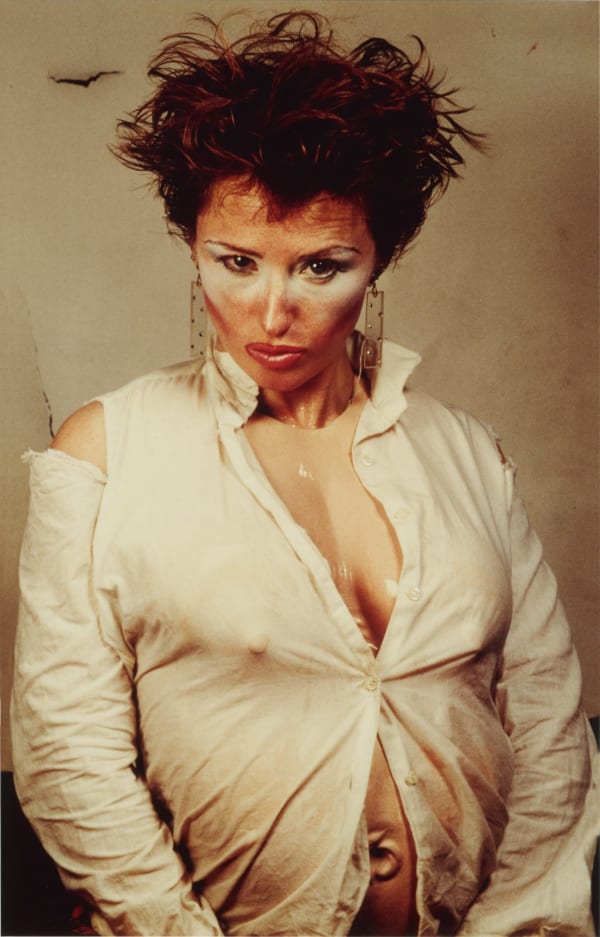Cindy Sherman U.S.A., 1954
"I wanted pretty pictures of older women - women who are trying too hard but succeeding - pulling off an extreme look. What I didn't know would creep into the portraits was a vulnerability behind the strong facade that most of them wear"
-Cindy Sherman
For four decades, Cindy Sherman has probed the construction of identity, playing with the visual and cultural codes of art, celebrity, gender, and photography. She is among the most significant artists of the Pictures Generation-a group that also includes Richard Prince, Louise Lawler, Sherrie Levine and Robert Longo - ho came of age in the 1970s and responded to the mass media landscape surrounding them with both humor and criticism, appropriating images from advertising, film, television, and magazines for their art.
Sherman was always interested in experimenting with different identities. As she has explained, "I wish I could treat every day as Halloween, and get dressed up and go out into the world as some eccentric character." Shortly after moving to New York, she produced her Untitled Film Stills (1977-80), in which she put on guises and photographed herself in various settings with deliberately selected props to create scenes that resemble those from mid-20th-century B movies. Started when she was only 23, these images rely on female characters (and caricatures) such as the jaded seductress, the unhappy housewife, the jilted lover and the vulnerable naif. Sherman used cinematic conventions to structure these photographs: they recall the film stills used to promote movies, from which the series takes its title.
The 70 Film Stills immediately became flashpoints for conversations about feminism, postmodernism, and representation, and they remain her best-known works.
Sherman has continued to transform herself, displaying the diversity of human types and stereotypes in her images. She often works in series, improvising on themes such as centerfolds (1981) and society portraits (2008).


